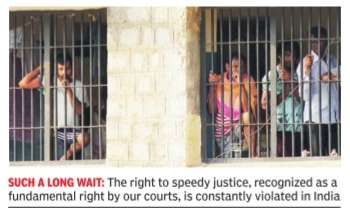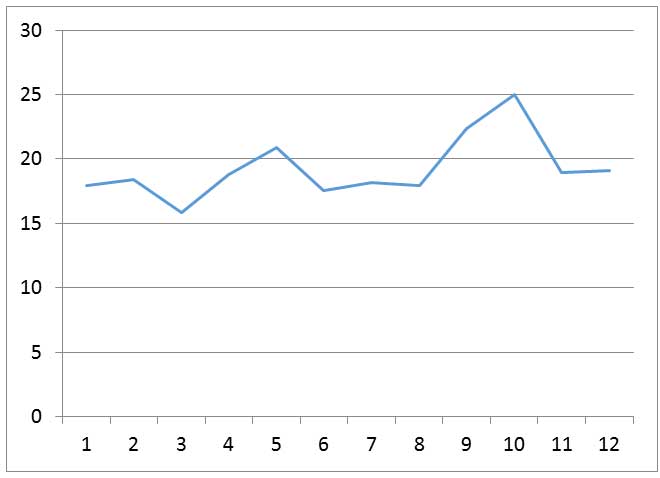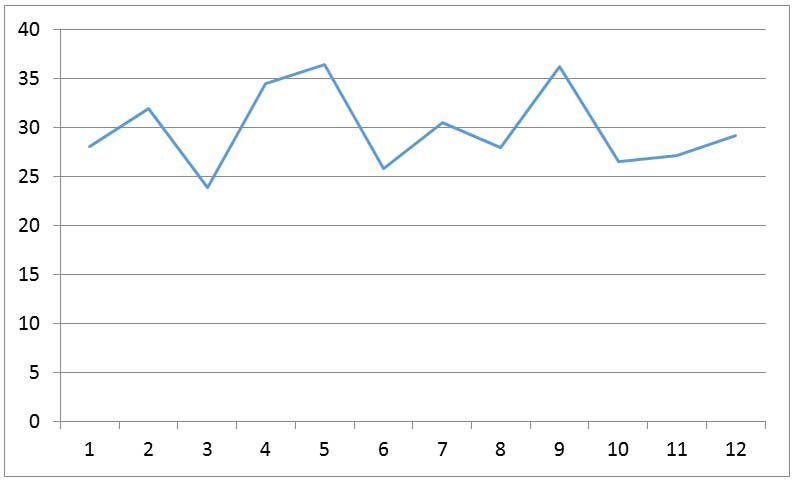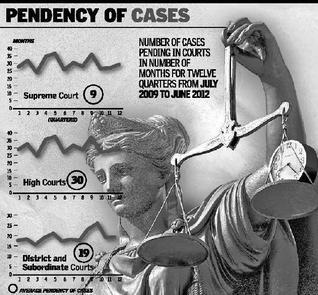TOI 70K judges
May 29 2016 : The Times of India (Delhi)
BY INVITATION – Don’t need 70,000 judges. Just fill vacancies to cut backlog
SHAILESH GANDHI

Everyone agrees that judicial pendency is a serious problem in India.Most of the suggested big-ticket reforms call for major changes in the way the judiciary and bar function, way the judiciary and bar function, and a threeto four-fold increase in the sanctioned strength of judges. On the ground, though, nothing has changed. It is almost as if we have come to accept that the problem cannot be solved.
To understand why the right to speedy justice -recognized as a fundamental right by our courts -is violated in India, I analysed data from January 2009 to September 2015. The information was taken from the Supreme Court’s website (http:supremecourtofindia.nic.incourtnews.htm) and the idea was to deter mine how many judges would be required to dispose of incoming cases as well as reduce the backlog -assuming there is no change in functioning, adjournments and judges’ vacations. The analysis exposes several myths about the justice system:
MYTH 1:
India needs more prisons as the ones we have are overcrowded with criminals -4.2 lakh in 2014, against a capacity of 3.6 lakh.
FACT:
Only 1.3 lakh prisoners were convicts. The rest were undertrials, most of them poor. And in many cases, their only `crime’ perhaps was poverty .
Many of them were like Tukaram, whose story was recounted to me by a prison volunteer. Tukaram, 27, came to Mumbai from a village in Vidarbha. He dreamt of earning enough so his wife and one-year-old daughter wouldn’t have to go hungry . While sleeping on the footpath one night, he was picked up by the police and put in jail. Tukaram had no idea what crime he had been arrested for. He managed to send a postcard to his wife, who sent back a reply saying she could not come as she had no money . Sometimes Tukaram was taken to the court, but he did not understand what was happening. After six years, a sympathetic lawyer heard his story and got him released. Tukaram went back to his village and found his daughter had died and his wife had married a 60-year-old widower. A broken man, he committed suicide.
MYTH 2:
Backlog in courts is increasing at a galloping pace. “There are over three crore cases pending and it might take 320 years to clear these.“ This statement by Justice V V Rao of Andhra Pradesh has been quoted extensively .
FACT:
Every year about two crore cases are instituted and a similar number decided by the courts. Between January 2009 and September 2015, the backlog increased from 303 lakh to only 312 lakh. While talking of a backlog of three crore cases we do not realize that each year our courts dispose around two crore.
MYTH 3:
We need 70,000 judges instead of the sanctioned 21,542 to clear the backlog.
FACT:
That’s complete fiction. The average vacancies in sanctioned positions of judges in this period were about 21%, whereas backlog increase was less than 1.5% per year. If the judicial positions had been filled, the backlog would have gone down to less than one crore cases.
MYTH 4:
The government is solely at fault for not appointing enough judges.
FACT:
Though there are 462 vacancies in high courts currently, the judges’ collegium has only recommended 170 names. Neither the government nor the judiciary has paid attention to the simple fact that merely ensuring zero vacancy in judicial positions would lead to reduction in backlog.
Some argue that it is difficult to find good people to fill vacancies of judges. If India cannot find 21,542 judges, what purpose will be served by sanctioning 70,000 judges? Large companies in India sometimes hire more than 10,000 persons in a single year, for jobs requiring both logical thinking and ethical standards.
MYTH 5:
Unless major judicial reforms take place, the backlog will remain.
FACT:
Judicial reforms will help, but a simple, doable solution exists already . All it takes is will.
MYTH 6:
The judiciary cannot force the government to fill vacancies.
FACT:
As far as the Supreme Court and high courts are concerned, selection is only done by the collegium. So this is clearly the responsibility of the judiciary . In the case of lower courts, it is a joint exercise. The judiciary had recently ordered the government to fill up vacancies in the Central Information Commission and the order was complied with. The apex court can certainly do the same for judicial vacancies.
These myths need to be dumped and the judiciary must accept its primary responsibility of ensuring fewer delays by appointing judges as sanctioned.
The writer is a former central information commissioner
Like the article: SMS MTMVCOL Yes or No to 58888@ 3sms



